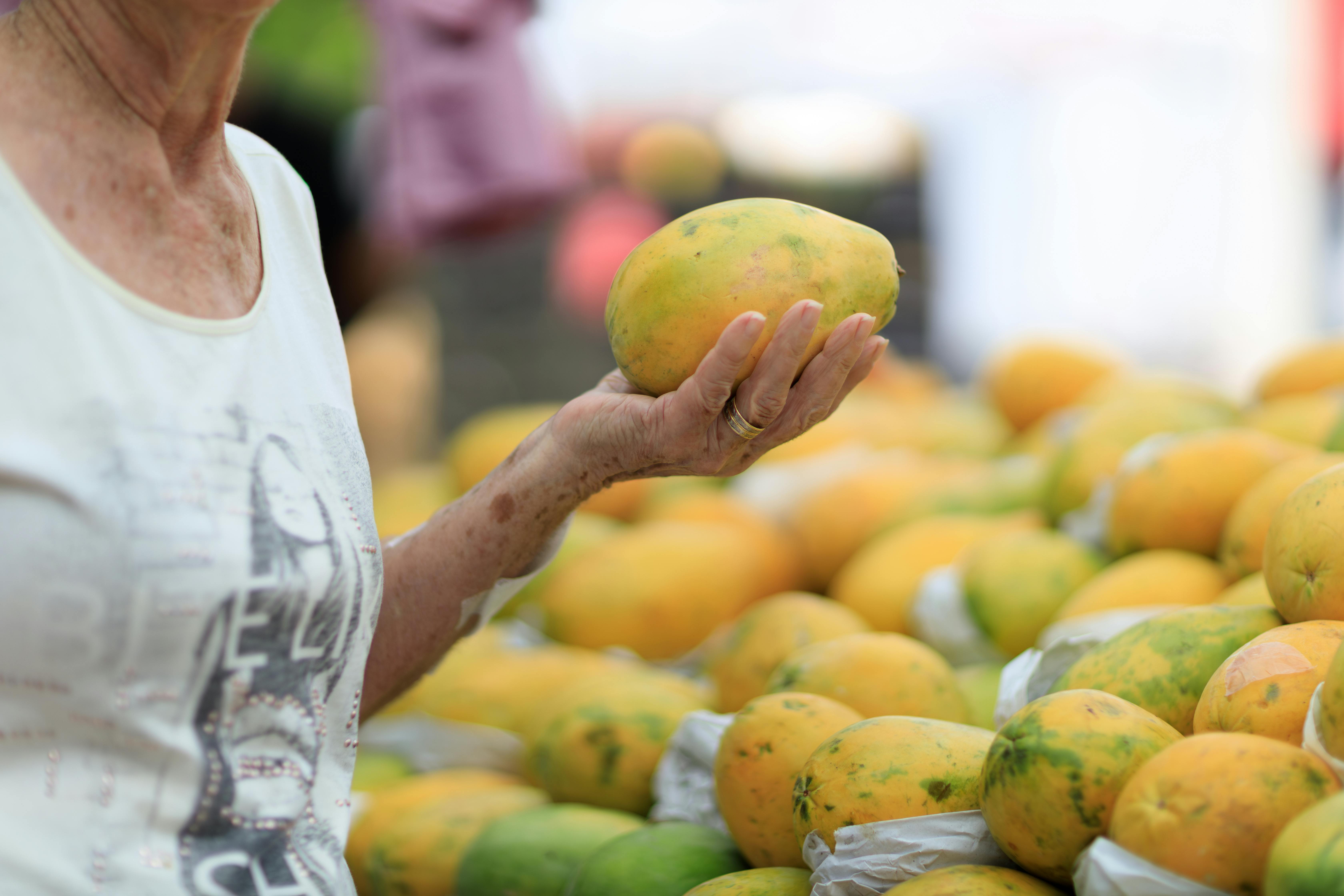
Effective Ways to Manage a Low Potassium Diet in 2025
Managing a low potassium diet can be essential for maintaining health, especially for individuals with specific medical conditions like kidney disease or heart issues. In this article, we'll explore practical tips, food choices, and meal plans that can help you effectively navigate a low potassium lifestyle in 2025, ensuring you enjoy a balanced diet while adhering to potassium restrictions.
Understanding Potassium Levels
Potassium is a vital mineral that plays a crucial role in various bodily functions, including muscle contraction, nerve signaling, and maintaining fluid balance. However, for some individuals, managing potassium levels is critical due to health conditions like chronic kidney disease or heart issues. A **low potassium diet** limits potassium intake to help prevent the longevity of elevated potassium levels in the blood, known as hyperkalemia. Understanding your potassium intake recommendations can empower you to make informed dietary choices while ensuring a suitable balance for optimal well-being.
Symptoms of High Potassium
High potassium levels in the body can lead to various symptoms, including fatigue, weakness, palpitations, and even heart problems. Recognizing these symptoms is essential for timely intervention. If you experience any of these signs, consult your healthcare provider for personalized advice related to **managing potassium levels** and potentially revising your eating habits. Furthermore, it’s advisable to have regular screenings to monitor your potassium levels if you’re on a restrictive diet.
Potassium and Heart Health
Potassium plays a significant role in maintaining heart health. It helps regulate heartbeat and can alleviate high blood pressure, which is crucial for cardiovascular health. However, understanding the distinction between a **low potassium diet** and a high potassium one is important. For those requiring potassium restrictions, foods typically high in potassium should be monitored closely to prevent complications. Such dietary awareness can strike a critical balance between reducing risks associated with high potassium and maintaining overall heart health.
Guidelines for Potassium Management
When managing your potassium intake, consider adhering to the potassium dietary guidelines outlined by health authorities. These guidelines often involve limiting high potassium foods—such as bananas, oranges, potatoes, and spinach—and exploring low potassium alternatives. Staying informed about which foods are deemed low potassium can aid you significantly in meal preparations. Always consult with a healthcare provider or a nutritionist to tailor your dietary choices to your specific health needs.
Implementing a Low Potassium Meal Plan
Creating a structured **low potassium meal plan** can facilitate more effortless adherence to dietary restrictions. It allows you to incorporate sufficient nutrients without exceeding your potassium limits. Focus on planning and preparing meals consisting of **low potassium vegetables** and grains, balancing your diet while avoiding foods high in potassium. A well-structured meal plan reduces the stress of making spontaneous food choices that could lead to potassium intake exceeding your limits.
Low Potassium Breakfast Ideas
Starting your day with a nutritious breakfast is essential, even when following a **low potassium diet**. Consider options such as oatmeal made with water, serves topped with blueberries or strawberries—both of which are low in potassium. Another idea is to prepare scrambled eggs with low potassium vegetables like zucchini or bell peppers, providing a hearty yet healthy start to your day. Focus on choosing items labeled as low potassium or those naturally lower in the mineral to assure a well-rounded morning meal.
Low Potassium Lunch Recipes
For lunch, aim to incorporate low potassium ingredients into your salads or sandwiches. Opt for toasted white bread (which tends to be lower in potassium), filled with lean deli meats and complemented by lettuce and cucumber. Furthermore, a quinoa salad with chopped bell peppers, shredded carrots, and a light vinaigrette can provide essential nutrients while adhering to dietary restrictions. These meals not only maintain low potassium levels but are also tasty and filling.
Low Potassium Dinner Ideas
For dinner, explore **low potassium cooking tips** by choosing recipes such as grilled chicken served with rice and steamed green beans. Alternatively, a stir-fry featuring shrimp and a colorful assortment of bell peppers not only adds visual appeal but also keeps the potassium levels in check. By prioritizing low potassium foods and cooking techniques, you can enjoy a delicious meal without compromising your health. Meal prepping can also streamline the process, making it easier to stick to your dietary guidelines.
Choosing Suitable Snacks
Finding suitable snacks on a low potassium diet can be a challenge but is entirely feasible with the right strategies. **Low potassium snacks** can include options like rice cakes with almond butter, plain popcorn, baby carrots with hummus, or apple slices with a touch of cinnamon. These snacks are nutritious, delicious, and low in potassium, thereby making them excellent choices to prevent unplanned potassium intake throughout the day.
Low Potassium Desserts and Baking Options
Even a low potassium diet doesn’t imply saying goodbye to treats! You can enjoy **low potassium desserts** like sponge cakes made from white flour, sweetened with minimal sugar, and flavored with vanilla or almond extract. Additionally, consider making fruit-based desserts using low potassium fruits such as berries or pineapples. Experimenting with **low potassium baking options** opens avenues for healthier indulgence, allowing significance on flavor without exceeding potassium limits.
Meal Prep for Success
To ensure consistent compliance with your potassium guidelines, it’s advantageous to embrace **low potassium meal prep** techniques. Preparing meals in advance allows you to control portions and carefully select ingredients while avoiding impromptu high potassium choices that may arise midweek. Create a shopping list focusing on low potassium items and batch cook various meals, freezing portions for easy access later. This structured approach can significantly improve adherence to your dietary needs.
Key Takeaways
- Understanding potassium is vital for health; a balanced approach aids in managing potassium levels appropriately.
- Meal planning focused on low potassium foods lays the foundation for successful dietary adherence.
- Finding suitable low potassium snacks and desserts ensures enjoyment while respecting dietary limits.
- Meal prepping can simplify dietary management and lead to long-term compliance with low potassium guidelines.
FAQ
1. What are some high potassium foods to limit?
When following a **low potassium diet**, you should limit foods high in potassium, such as bananas, oranges, potatoes, tomatoes, and spinach. It's crucial to read nutrition labels and inquire about specific foods to avoid unintentional high potassium consumption.
2. Can someone on a low potassium diet still enjoy fruits?
Yes, you can still enjoy fruits! Focus on incorporating **low potassium fruits** such as apples, berries, and grapes into your diet. These options provide essential nutrients without compromising your potassium restrictions.
3. How can I monitor my potassium levels effectively?
Effective monitoring includes regular consultations with your healthcare provider for testing and guidance. Keeping a food diary that tracks your potassium intake can also help you stay on track, ensuring you adhere to guidelines while managing your potassium levels, especially any dietary changes you make.
4. Are there any low potassium specialized meal delivery services?
Yes, many meal delivery services now cater to specific dietary requirements, including **low potassium diets**. Research options available in your area or check online for services offering tailor-made meal plans that align with your potassium restrictions for convenient adherence to your dietary goals.
5. What are some practical cooking techniques for a low potassium diet?
Practical cooking techniques for a **low potassium diet** include thorough rinsing of vegetables, boiling to reduce potassium content, and opting for skinless options (as potassium can be higher in the skins of certain fruits and vegetables). Baking, grilling, and steaming also preserve flavors while reducing potassium levels in certain foods.

